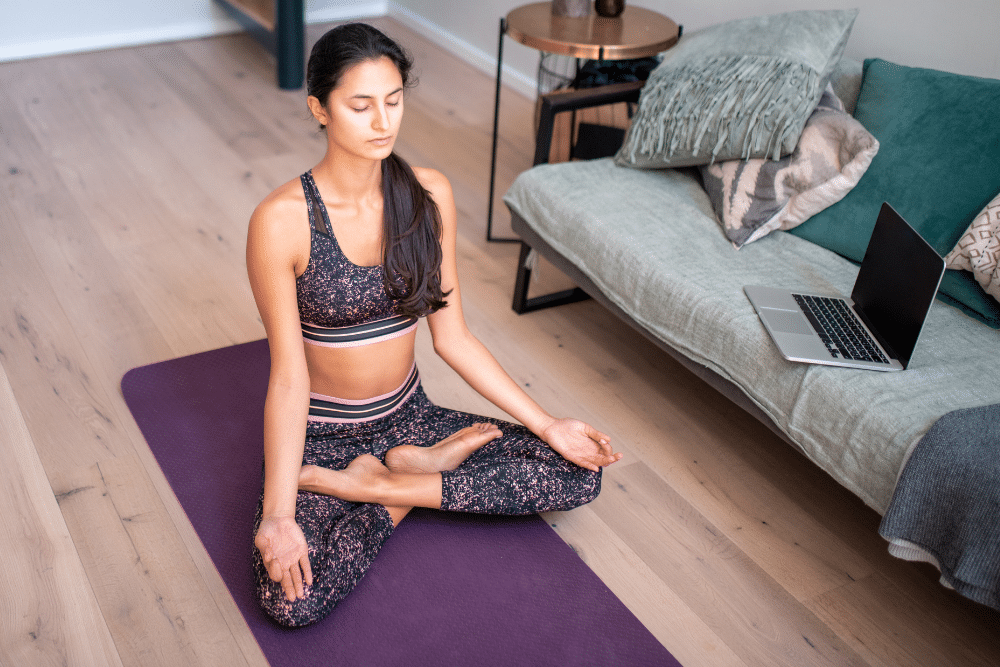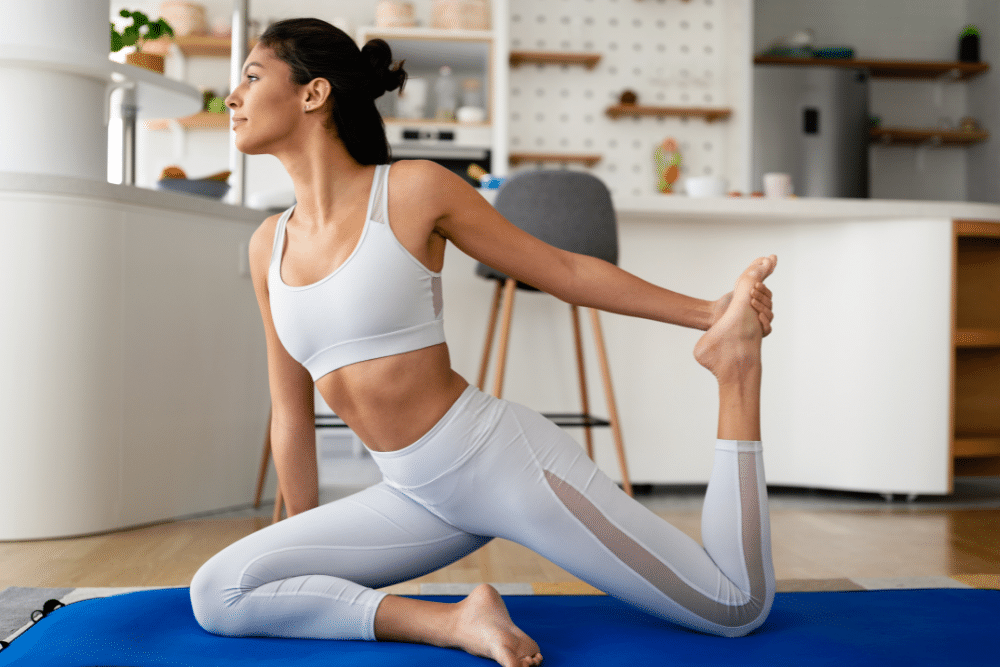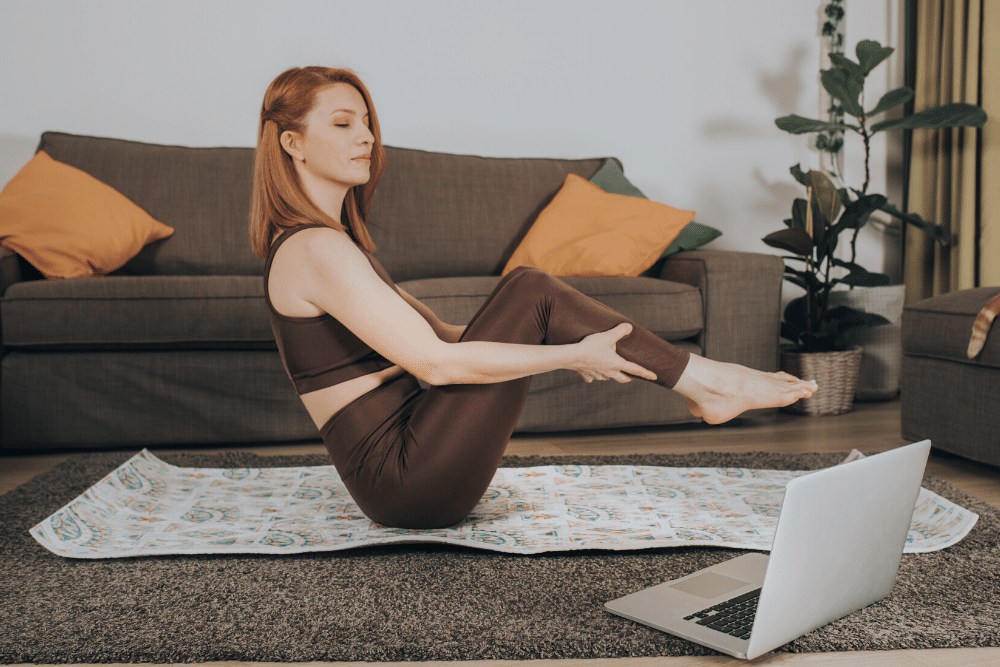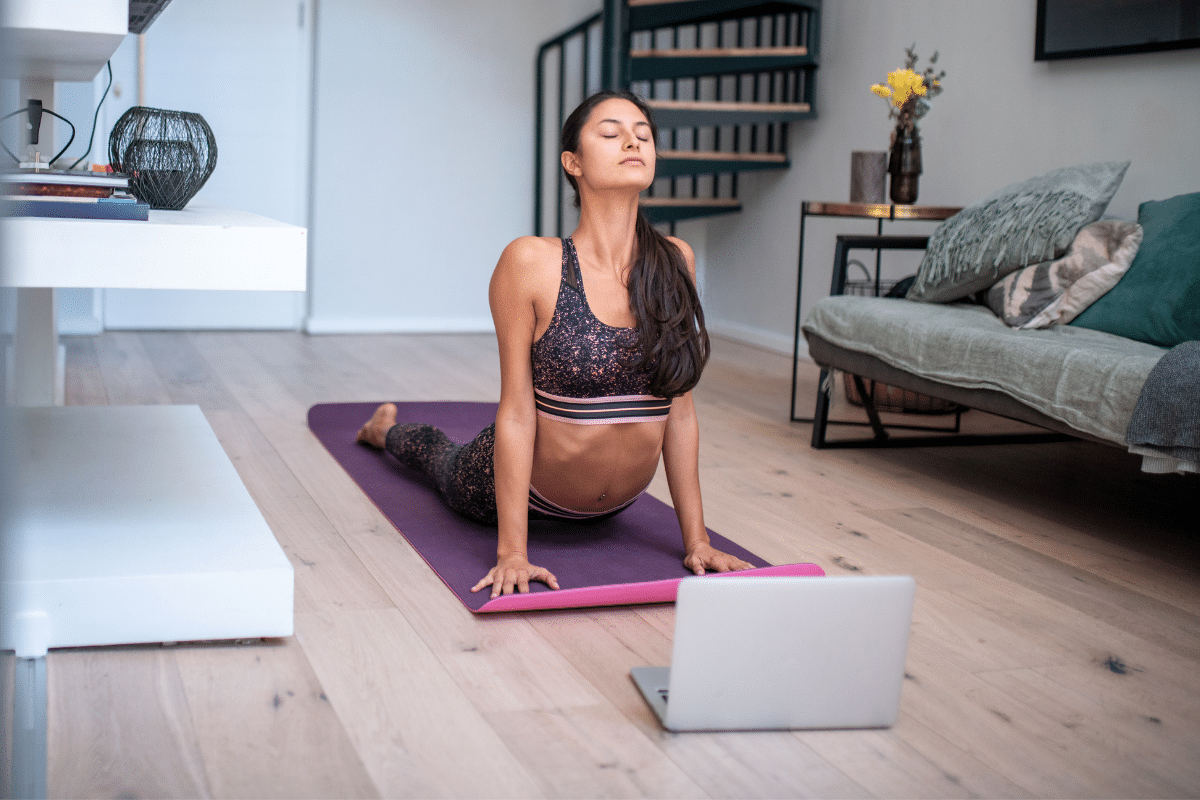For non-runners, building a running habit can seem intimidating. But the truth is, it’s just like any habit—by making a routine and sticking to it, you can easily become comfortable running. Over time, you’ll be able to boost your mileage and experience all the amazing benefits of running—weight loss, increased energy, and a rush of endorphins, to start—for yourself.
Ready to get started building a running habit? Keep these 5 simple tips in mind!
Make Running a Part of Your Routine
If you’re really going to make running a part of your life, it needs to find a place in your weekly routine. Running a few times a month isn’t going to help you get into shape—in fact, it’s probably going to discourage you from continuing to run since your progress will be so slow.
Decide which days you’re going to run each week, and then make a plan to run at the same time each day. If you’re a morning person, commit to getting up early 2–4 times a week to run. If you’re fitting in a jog after work, make a plan to leave work on time.
At first, it may feel uncomfortable to fit running into your routine, but as the weeks progress, it will become an essential part of your weekly rhythm.
Turn Running Into “Me Time”
Do you enjoy podcasts, books, or TV? Depending on whether you run on a treadmill or outdoors, you can indulge in any of these pastimes while you’re running.
Tune into that trashy reality TV show your boyfriend hates or that true crime podcast you’re obsessed with next time you get geared up to run. The key is to only allow yourself to watch, read, or listen to these things while you run, so the minutes spent running become a treat you look forward to.
Don’t Overdo It
Once you get into shape, it can be tempting to push yourself harder and faster each run. Go easy on yourself, even when you feel good. Remember, you’re trying to build a running habit, not win a race (at least, not at first). If you make yourself miserable by pushing yourself too hard, you won’t want to pick up your shoes again tomorrow.
Jog, don’t sprint, at a pace that allows you to talk. The first mile might feel uncomfortable some days, but push through it to get to the more comfortable middle miles.
Run With A Partner
If you are lucky enough to have a running buddy, make it a routine to meet them for a run every day at a particular time and place. A running partner can keep you motivated on the days you think you’re too tired to exercise. Plus, running is more enjoyable when you can do it with someone you love!
Be Your Own Hype Man
Some days, you’ll finish a run and the endorphins will have you feeling on top of the world. Next time you feel that way, take a video of yourself to remind your future self (who is tired and really, really, really doesn’t feel like running today) how good you’ll feel after you go.
Building a running habit is easy if you stay disciplined and create ways to make it fun for yourself. Now get out and enjoy your run!










